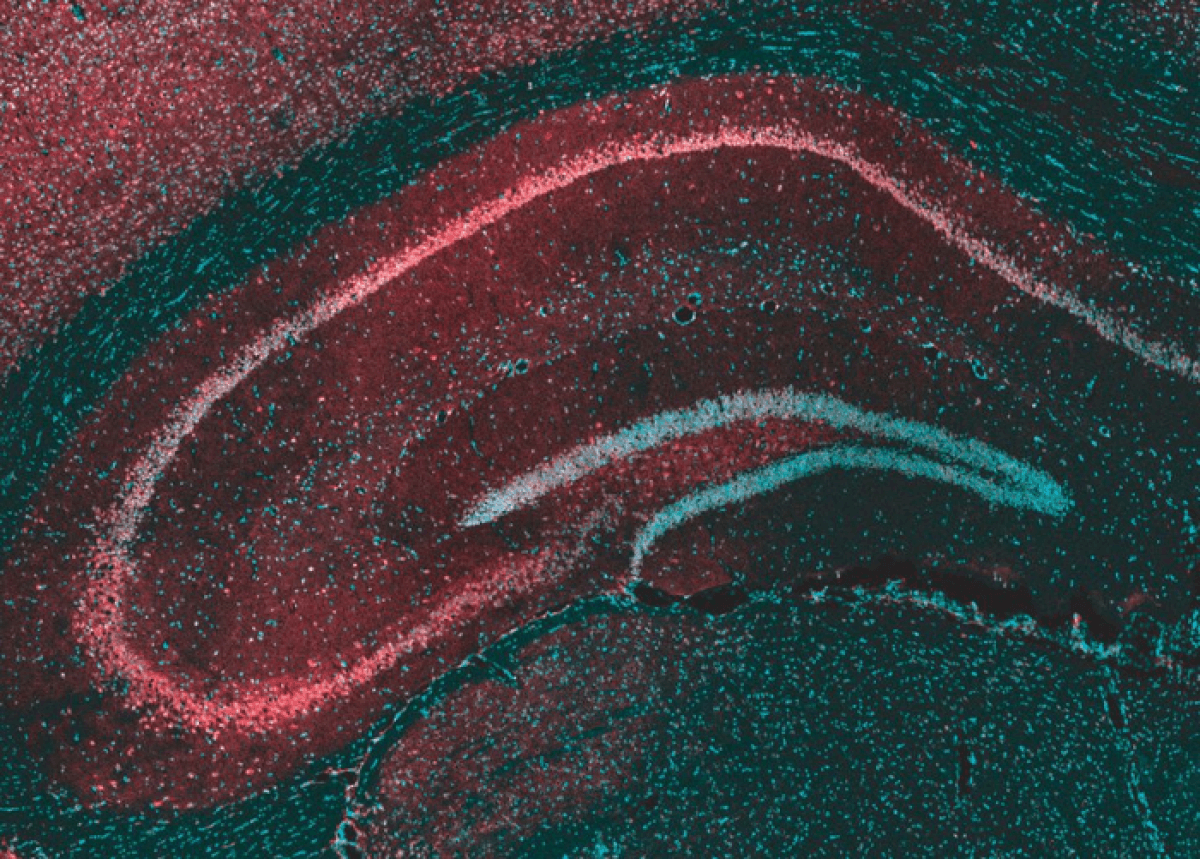NEW YORK — Cannabidiol (CBD) has the potential to stop and prevent epileptic seizures, a new study explains. CBD, a non-psychoactive ingredient in marijuana, appears to block signals from a molecule called lysophosphatidylinositol (LPI) that, if it passes through the brain, amplifies nerve signals that could turn into seizures due to diseases.
The findings lend support to previous research that found CBD blocks LPI molecules from boosting nerve signals in a brain area called the hippocampus. Not only did the current study confirm these results, but they also argue that LPI is responsible for weakening signals that would counter seizures. According to the authors, CBD could be an option for many treatment-resistant forms of pediatric epilepsy.
“Our results deepen the field’s understanding of a central seizure-inducing mechanism, with many implications for the pursuit of new treatment approaches,” says Richard Tsien, the chair of the Department of Physiology and Neuroscience at NYU Langone Health, in a university release.
He also adds that the study gives a better understanding of how CBD affects how our brains are wired, which could help with studying other conditions such as autism and schizophrenia — both of which involve imbalanced neural circuitry.
How do brain cells communicate with each other?
Our brain relies on neurons to relay lightning-fast communication through pathways that act as information highways between other neurons. A neuron “fires” an electrical pulse through its cell body until it reaches a gap called the synapse. The gap is between the neuron delivering the message and the other neuron receiving the message. To send over the message, the delivering neuron releases compounds called neurotransmitters that float across the gap to the receiving end of the other neuron. Making contact with these neurotransmitters causes one of two actions. They can make the cell “excited” and encourage it to keep firing the message along to others, or it could “inhibit” the cell and discourage it from firing.
The brain works like a see-saw that works to keep a balance between excitation and inhibition. When the see-saw teeters a bit more heavily to the excitation side, the brain becomes overly stimulated. The burst of new electrical signals could disrupt normal brain signals, triggering a seizure.

Scientists used several rodent models to study the mechanisms driving seizures. In one experiment, they measured the electrical current flows from neurons delivering the message to another brain cell. Other experiments focused at how the LPI molecule acted after genetically removing its main signaling partner, or by measuring the release of LPI after a seizure. Their results confirm that LPI affects how brain cells communicate with each other.
CBD breaks a ‘positive feedback loop’
They seem to do so through the binding of a protein called G-coupled receptor 55 (GPR55) on neuron cell surfaces. The LPI-GPR55 presynaptic interaction causes calcium ions to release from the cell. Releasing calcium ions encouraged other cells to release an excitatory neurotransmitter called glutamate. When LPI activated GPR55 on the other side of the synaptic gap, it weakened the receiving neuron’s ability to become inhibited and stop the excitatory messages.
Using genetically engineered mice lacking the GPR55 protein and mice given CBD before a seizure, the team found that CBD blocked LPI’s effects on neural communication. According to the authors, CBD blocks a “positive feedback loop” where seizures would increase LPI-GPR55 signaling that would encourage more seizures, and in turn, increase levels of LPI and GPR55.
While the study looked at how plant-based CBD affects LPI signaling, the authors note that internal CBD molecules called endocannabinoids exist in the body. Some endocannabinoids like 2-Arachidonoylglycerol (2-AG) occur naturally in human tissues. LPI and 2-AG target receptors are regulated by CBD, but have different effects on the synapses. LPI amplifies incoming electrical signals while 2-AG dials down the release of neurotransmitters from nerve cells. What’s more, LPI and 2-AG can transform into one another with special types of enzymes.
“Theoretically, the brain could control activity by toggling between pro-excitatory LPI and the restorative actions of 2-AG,” says Evan Rosenberg, PhD, a post-doctoral scholar at NYU Grossman School of Medicine and lead study author. “Drug designers could inhibit the enzymes that underpin LPI production or promote its conversion to 2-AG, as an additional approach to control seizures. LPI could also serve as a biomarker of seizures or predictor of clinical responsiveness to CBD, providing an area of future research.”
The study is published in the journal Neuron.

